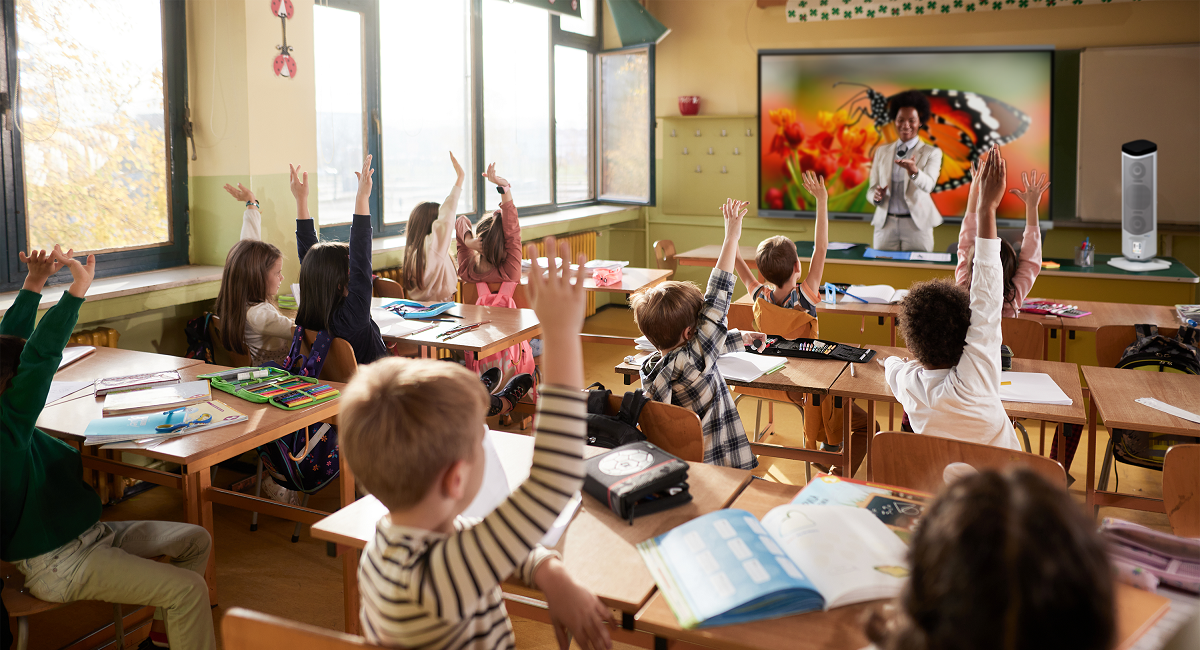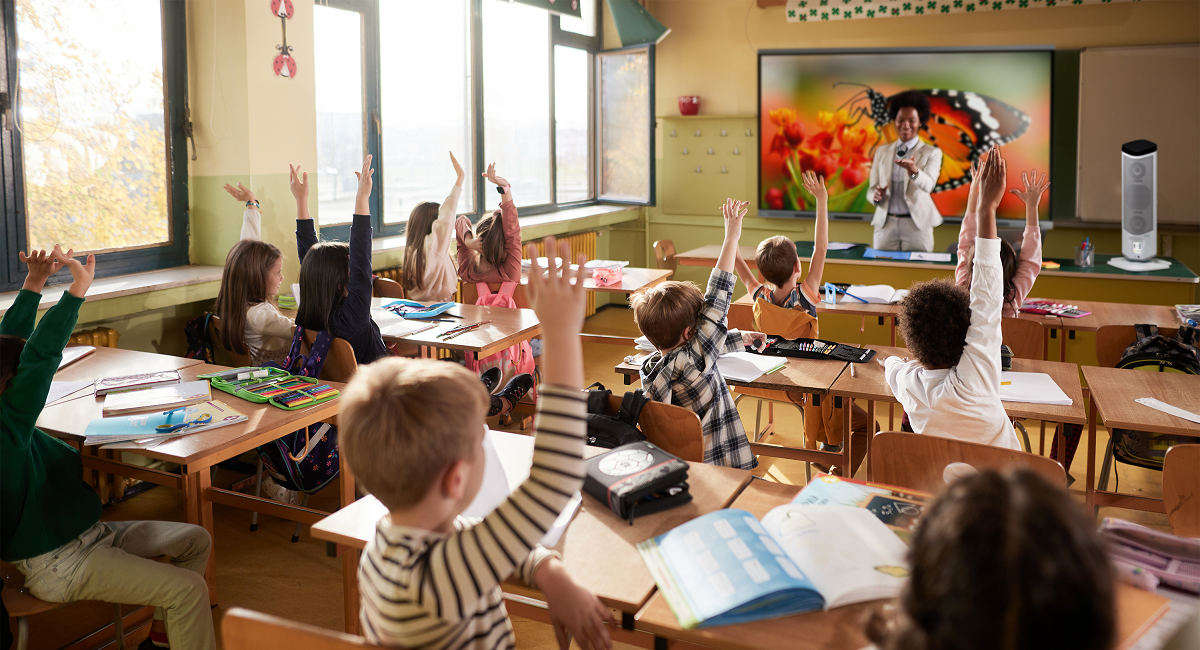

To improve inclusive education, it is essential to ensure fair access to learning. Audio technology offers a practical solution, supporting various student needs and enhancing their educational experiences by providing alternative ways to access content and improve language skills.
Audio tools and apps benefit students with disabilities and learning differences, offering alternative ways to access educational content. For example, text-to-speech tools can help learners with dyslexia by converting written text into spoken words, enhancing their comprehension and engagement with the material. Additionally, audio resources such as high-quality microphones, bright visuals paired with audio content, advanced sound systems, and assistive listening devices support the development of language and reading skills. These resources provide students with opportunities to hear and interact with spoken language, which is essential for language acquisition and literacy development.
Advanced audio speaker systems are transformative for younger students and English language learners (ELLs), bolstering vocabulary and language skills essential for academic progress and achievement. Imagine a phonics lesson where students hear the crisp pronunciation of each phoneme, enabling them to grasp intricate language nuances with clarity and confidence. However, if students cannot hear sounds clearly, they may struggle to distinguish between different phonemes and encounter difficulty in developing strong language skills, potentially leading to challenges in reading, writing, and overall academic performance. Insufficient exposure to real language examples may weaken ELLs’ listening skills, making it harder for them to understand academic language and learn effectively.
Consider utilizing microphones in the classroom to foster inclusivity in instruction, accommodating diverse learning preferences. By amplifying the teacher’s voice, microphones ensure that all students, regardless of where they are seated, can hear instructions clearly, benefiting auditory learners. Interactive activities facilitated by microphones, such as group discussions or oral presentations, provide opportunities for kinesthetic learners to actively engage. Teachers can use microphones to incorporate culturally relevant audio content, fostering cross-cultural understanding and appreciation. Making use of microphones exemplifies how audio technology promotes inclusivity and accommodates diverse learning preferences.
By adopting feature-rich audio technology, educators create a more inclusive and equitable learning environment. With enhanced access and support for diverse learning needs, classrooms become spaces where every learner can thrive. From improving comprehension for students with disabilities to fostering language development for beginning readers and English language learners, advanced audio tools pave the way for a truly inclusive education. By prioritizing the integration of these innovative resources, educators empower all learners to reach their full potential and create a more accessible and equitable future for education.
To read more on how audio solutions support learning, click here: Classroom Audio Tips
